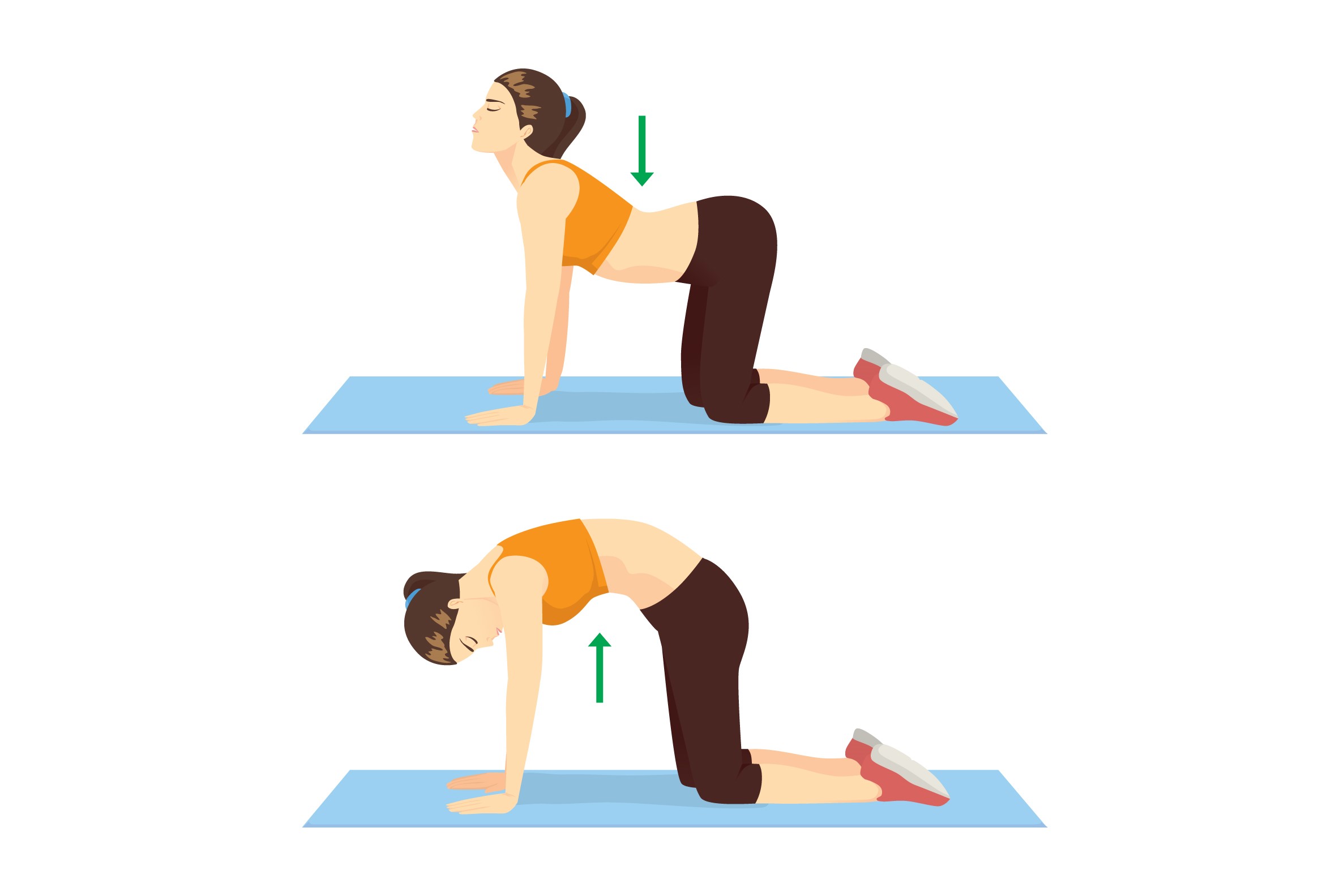Back pain is a common issue affecting millions worldwide. Yoga provides a holistic approach by stretching tight muscles, strengthening weak ones, improving posture, and promoting mindfulness. This guide dives deep into techniques, routines, and tips to alleviate and prevent back pain effectively.
Understanding Back Pain
Back pain may result from muscle strains, herniated discs, poor posture, sedentary lifestyle, or stress. Understanding the type of back pain you have helps in choosing the right yoga poses. Yoga complements medical treatments by improving flexibility, circulation, and core strength.
Benefits of Yoga for Back Pain
- Stretching Tight Muscles: Enhances spine, hip, and hamstring flexibility.
- Strengthening Core: Stabilizes the spine and prevents injury.
- Posture Improvement: Aligns body for daily activities.
- Stress Reduction: Relieves tension contributing to pain.
- Mindful Movement: Encourages awareness and proper body mechanics.
Essential Yoga Poses for Back Pain
1. Cat-Cow Pose (Marjaryasana-Bitilasana)

2. Child’s Pose (Balasana)

3. Downward-Facing Dog (Adho Mukha Svanasana)

4. Cobra Pose (Bhujangasana)

5. Bridge Pose (Setu Bandhasana)

6. Supine Spinal Twist
Creating a Yoga Routine for Back Pain
Start with gentle warm-ups, then practice main poses, and finish with relaxation. Include breathing exercises and mindfulness meditation. Consistency—3–4 times per week—is key. Even 10-minute daily sessions improve flexibility over time.
Additional Tips for Back Health
- Maintain ergonomic posture while sitting or working.
- Incorporate core-strengthening exercises alongside yoga.
- Take short movement breaks if sitting for long hours.
- Sleep on a supportive mattress to protect your spine.
- Stay hydrated and practice stress-relief techniques.
FAQ
Q1: Can yoga completely cure back pain?
Yoga helps alleviate symptoms, improve flexibility, and strengthen muscles. For severe conditions, consult a healthcare professional.
Q2: How often should I practice yoga for back pain?
3–4 times a week is recommended. Even short daily routines of 10–15 minutes are effective.
Q3: Do I need special equipment?
A yoga mat is essential. Props like blocks, straps, and bolsters are optional but helpful.
